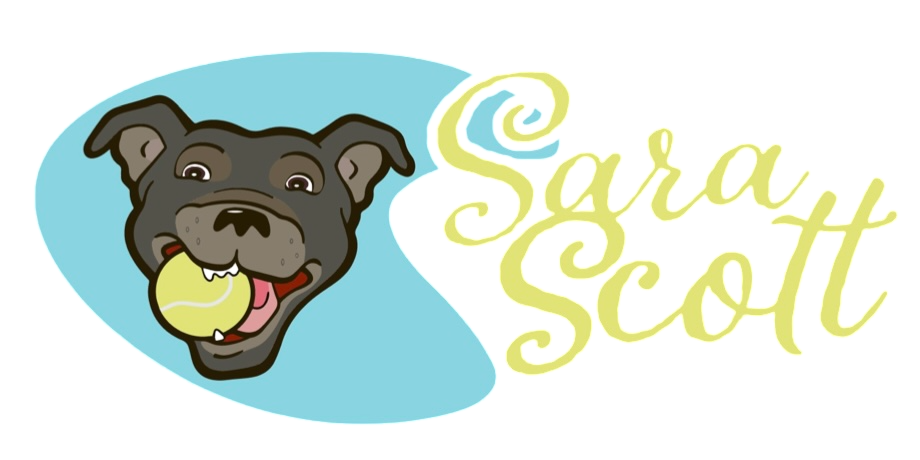End Leash Reactivity For Good: How to Take Control of Your Dog's Behavior
- Sara Scott

- Aug 22, 2023
- 2 min read
Updated: Sep 20, 2023

Taking your furry friend for a stroll should be a joyful experience, but if your dog displays leash reactivity, those walks can turn into stressful or even frustrating situations. Leash reactivity occurs when a dog overreacts to stimuli such as other dogs, people, or even moving objects while on a leash. In this blog, we'll delve into what leash reactivity is, its potential causes, and share practical strategies to help you manage and improve your dog's behavior for more enjoyable walks.
Understanding Leash Reactivity:
Leash reactivity is a common behavioral issue that many dog owners face. It can manifest in behaviors like barking, lunging, growling, or pulling aggressively on the leash when encountering certain triggers. This behavior is often driven by fear, frustration, or overexcitement, making it important to address with patience and understanding.
Potential Causes of Leash Reactivity:
Several factors can contribute to leash reactivity in dogs:
1. Fear: Generics, early learning experiences, aversive training techniques, or lack of exposure may cause dogs to become reactive when encountering new things or social interactions.
2. Previous Negative Experiences: A dog may have had negative encounters with other dogs or people in the past, leading to heightened reactivity.
3. Frustration: Dogs that are unable to interact freely due to being on a leash might become frustrated and exhibit reactive behavior.
Strategies for Managing Leash Reactivity:
1. Positive Reinforcement Training: Use treats, play, and rewards to reinforce calm behavior when your dog encounters triggers. Gradually increase the distance from the trigger and reward your dog for exhibiting good behavior.
2. Desensitization and Counterconditioning: Introduce your dog to trigger at a safe distance and feed them food generously when they perceive the trigger. Over time, gradually decrease the distance to the trigger while maintaining a calm environment.
3. Avoidance and Distance: When possible, cross the street or change direction to create distance from triggers. This helps reduce the intensity of your dog's reaction.
4. Redirect Focus: Teach your dog alternative behaviors, like focusing on you, moving away or performing tricks, when a trigger is present. This diverts their attention and reinforces positive behaviors.
5. Patience and Consistency: Addressing leash reactivity takes time and persistence. Consistently apply training techniques and remain patient as your dog learns new behaviors.
6. Professional Guidance: Consider working with a professional dog trainer or behaviorist experienced in dealing with leash reactivity. They can provide personalized guidance and support. Many techniques are simple in theory but may not be as easy to implement yourself.
Conclusion:
Leash reactivity can be a challenging behavior to manage, but with dedication and the right strategies, you can help your dog become more relaxed and comfortable during walks. By using positive reinforcement, desensitization, and redirecting focus, you can transform your walks into enjoyable experiences. Remember that each dog is unique, so tailor your approach to suit your pet's individual needs. With your commitment and patience, you'll be well on your way to helping your furry friend overcome leash reactivity and embrace the joy of walking with confidence.
(We are masters at tackling leash reactivity. Check out our training and behavior programs here.)




Comments